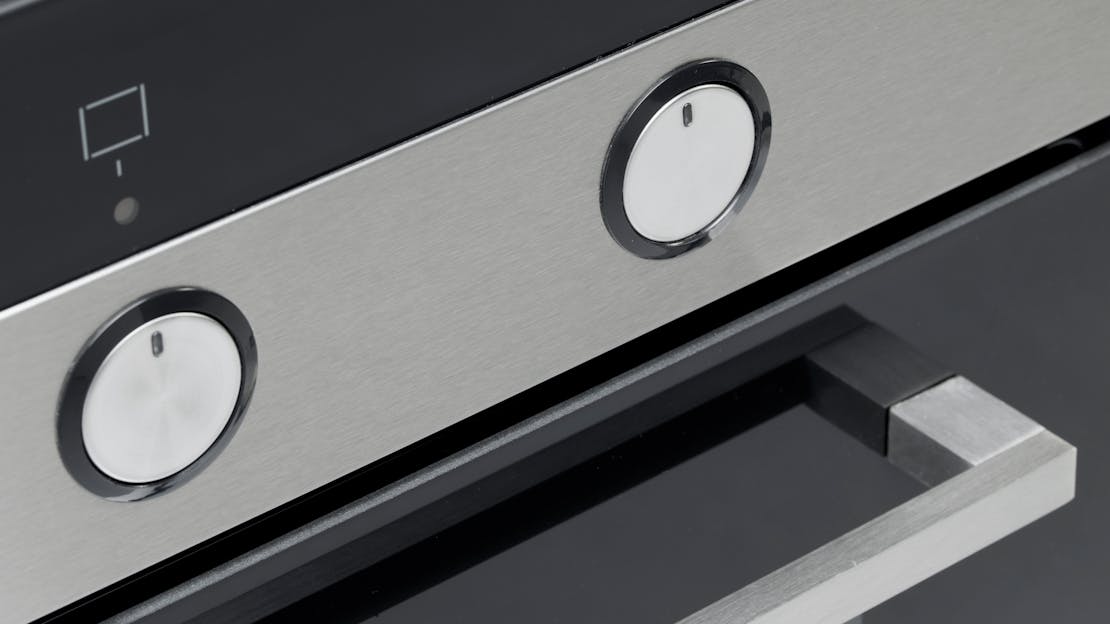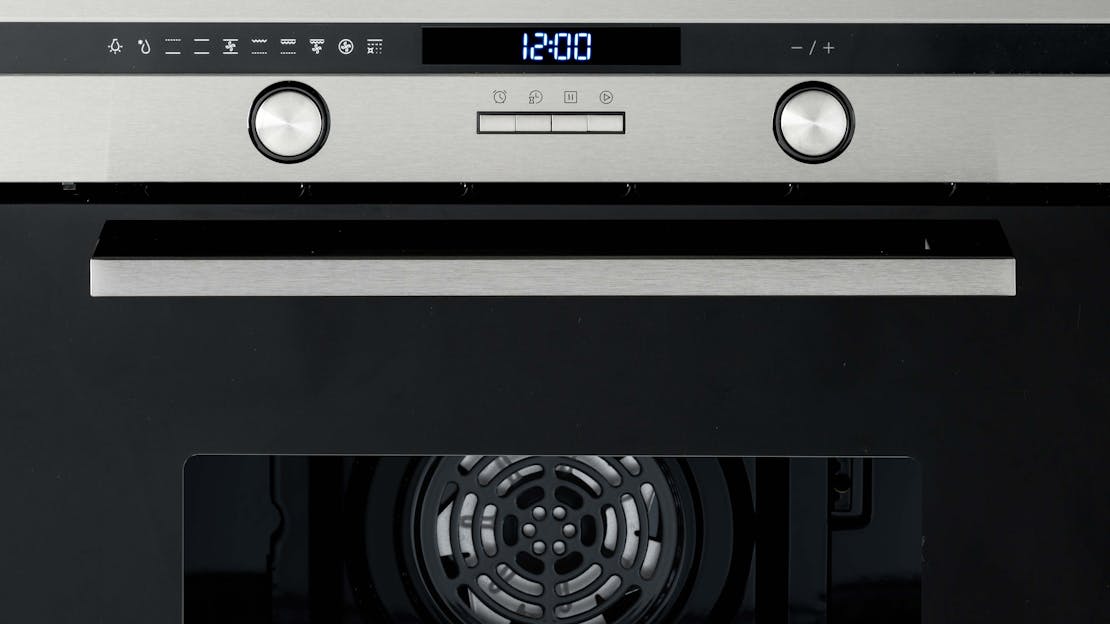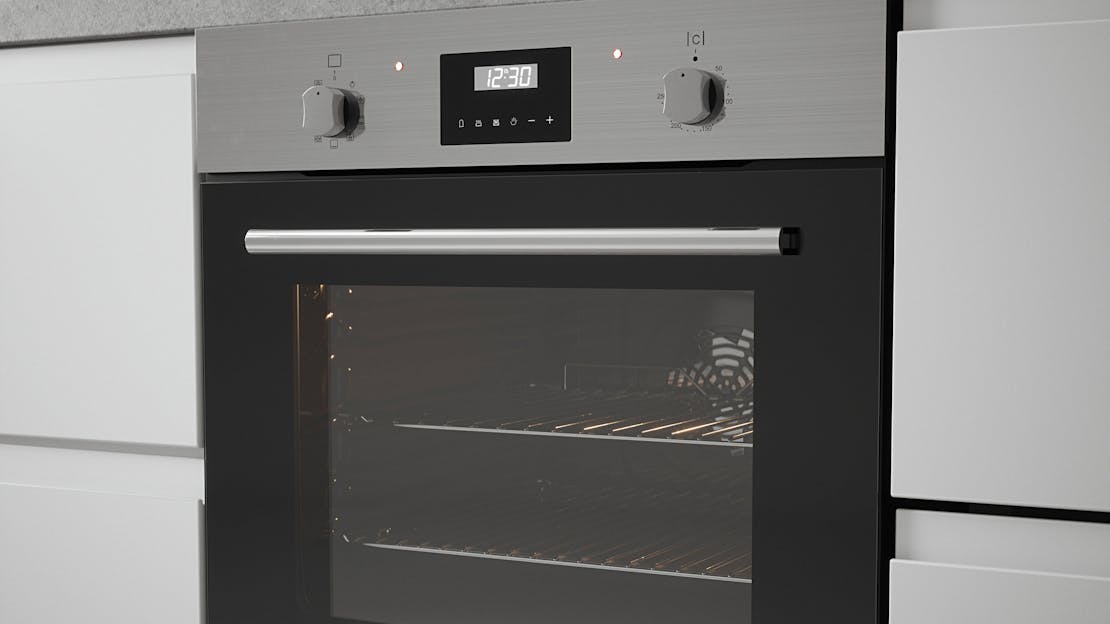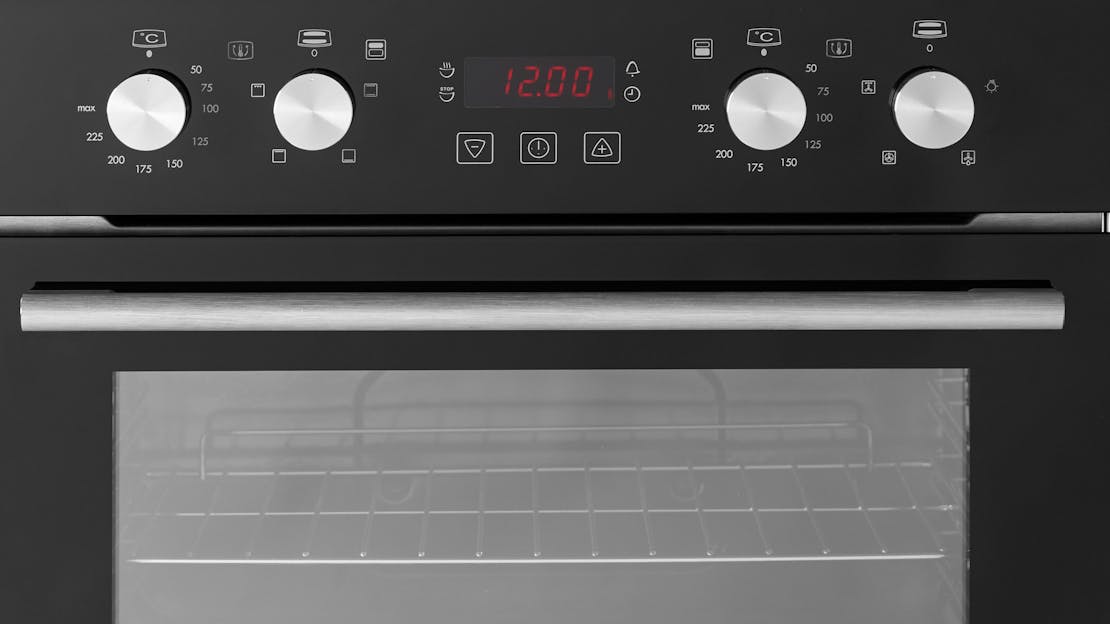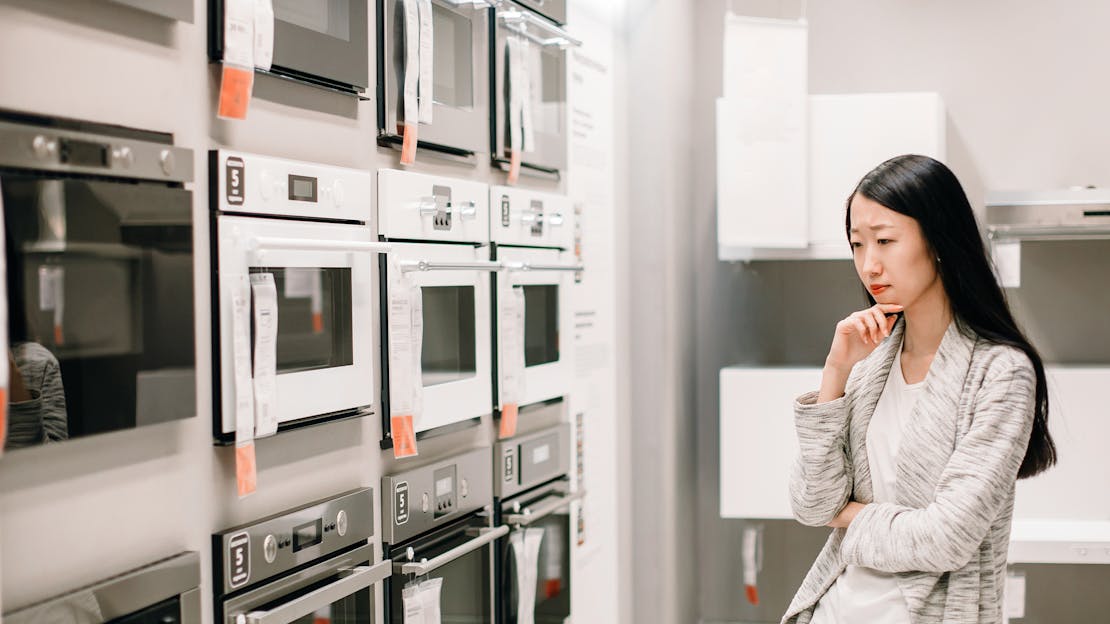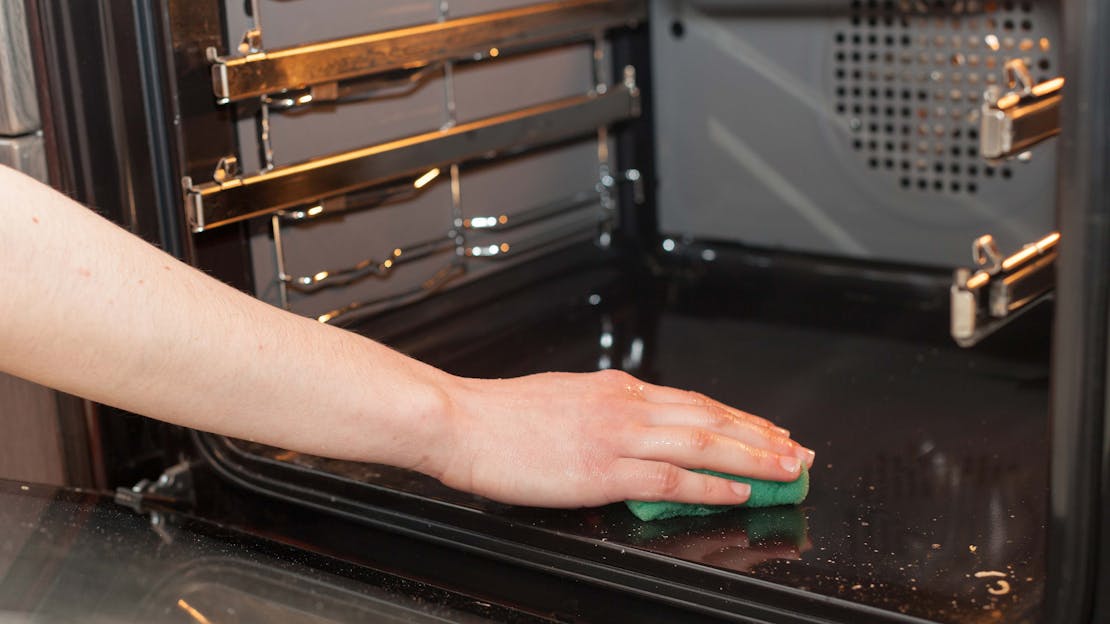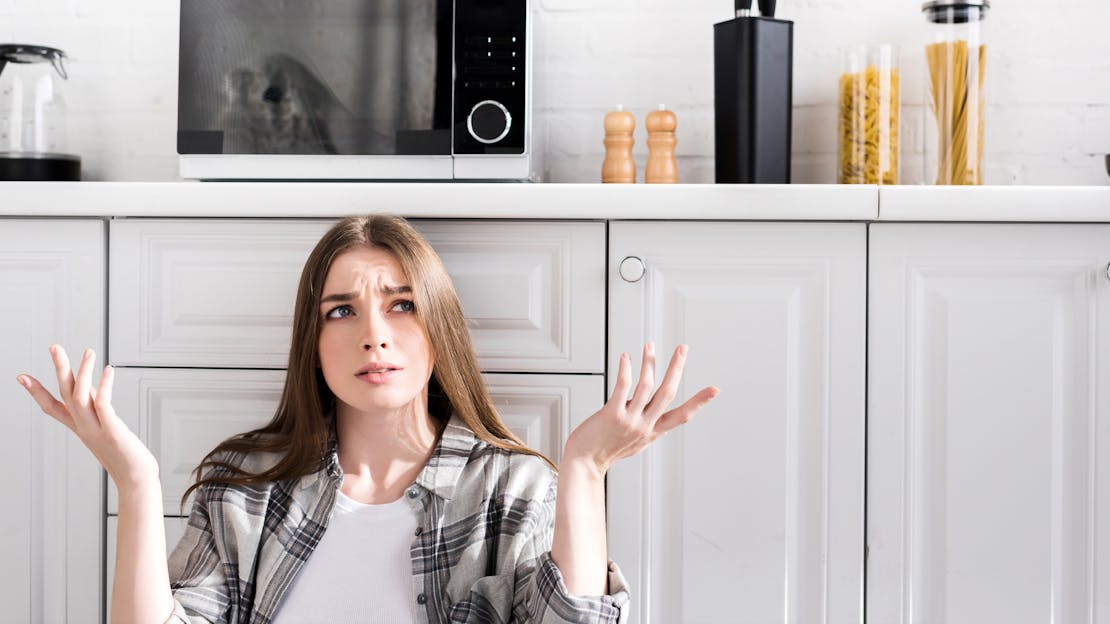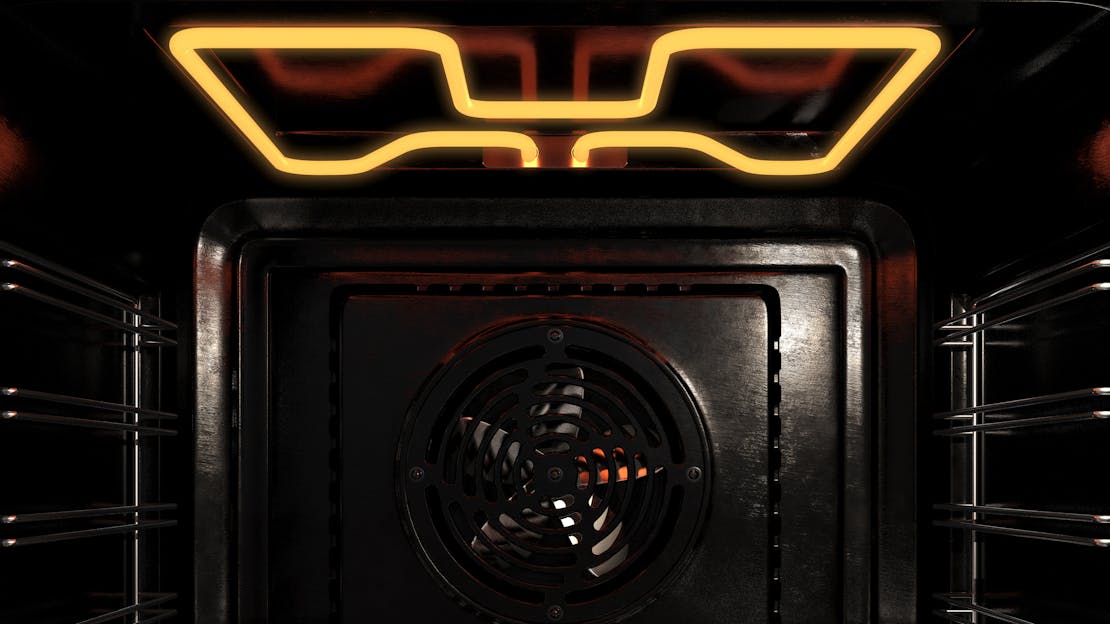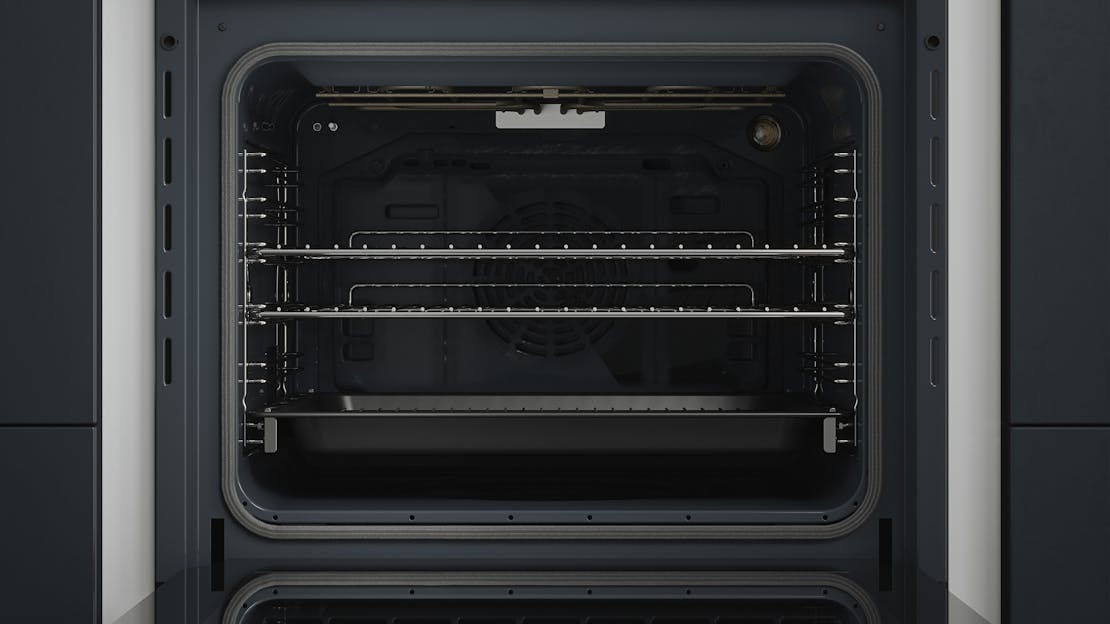
What is a fan oven?
A fan oven, often referred to as a convection oven, is a specialised kitchen appliance designed for cooking, baking, roasting, and a variety of culinary tasks. It distinguishes itself from conventional ovens through its advanced cooking technology, which utilises a fan and exhaust system to evenly circulate hot air throughout the cooking chamber.
The Role of the Fan:
At the heart of a fan oven lies a strategically positioned fan, typically located at the rear of the oven cavity. This fan plays a pivotal role in ensuring consistent and uniform cooking. It circulates the hot air generated by the oven's heating element(s) throughout the oven, preventing the formation of hot spots and temperature variations.
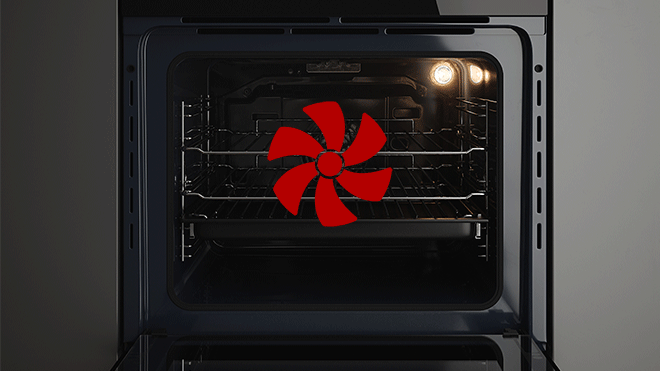
Achieving Even Heat Distribution:
One of the key advantages of a fan oven is its ability to achieve even heat distribution. Unlike conventional ovens, where hot air tends to rise and create temperature discrepancies, a fan oven's circulation of hot air guarantees that every part of the oven receives the same level of heat. This uniform heat distribution is critical for achieving consistent cooking results, particularly in tasks like baking delicate pastries and roasting meats.
Speed and Efficiency:
Fan ovens are renowned for their efficiency in cooking. The constant movement of hot air speeds up the cooking process, resulting in shorter cooking times compared to conventional ovens. This efficiency can be a significant time-saver in the kitchen, making it a popular choice for busy home cooks and professionals alike.
Lower Cooking Temperatures:
Thanks to their efficient heat distribution, fan ovens can achieve the same cooking results at slightly lower temperatures than conventional ovens. This not only contributes to energy efficiency but also helps prevent overcooking or drying out of dishes, allowing for better control over cooking outcomes.
Versatility in Culinary Tasks:
Fan ovens are highly versatile appliances that can adapt to a wide range of cooking tasks. Whether you're roasting meats, baking bread or pastries, grilling, dehydrating, or reheating leftovers, a fan oven can handle various cooking styles and recipes with ease.
Consistent Browning and Texture:
One of the standout features of fan ovens is their ability to achieve consistent browning and textures in dishes. This makes them exceptionally well-suited for creating crispy and golden-brown exteriors on items such as roasted vegetables, meats, and baked goods.
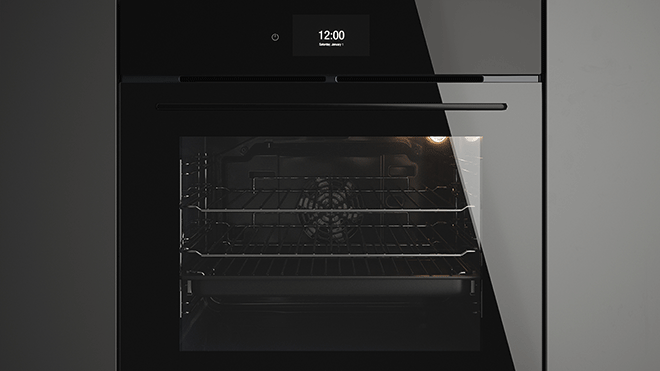
Precise Temperature Control:
Most fan ovens come equipped with precise temperature control settings, allowing you to set the desired cooking temperature accurately. Some models even offer specialised convection cooking modes, where the fan operates at different speeds to cater to specific cooking requirements.
Energy Efficiency:
Given their capacity to cook efficiently at lower temperatures and for shorter durations, fan ovens are generally more energy-efficient than conventional ovens. This efficiency can result in energy savings over time, making them an environmentally friendly choice for cooking.
In conclusion:
A fan oven is a sophisticated kitchen appliance that utilises a fan and convection technology to circulate hot air evenly, ensuring efficient and consistent cooking. Whether you're an amateur home cook or a professional chef, the precise and reliable cooking performance of a fan oven can elevate your culinary creations and help you achieve outstanding results in your dishes.
Frequently asked questions about fan ovens:
When should you not use a fan oven?
How long can the oven fan stay on?
Does it matter where you put things in a fan oven?
What do the symbols on my fan oven mean?
What is the broken circle on the fan oven symbol?
Are fan ovens the same temperature throughout?
Do fan ovens use a lot of electricity?
Can you cook on any shelf in a fan oven?
Do fan ovens take longer to cook?
Top Selling Single Electric Ovens from MyAppliances
Upgrade your kitchen with our range of ovens, including fan, multifunction, and self-cleaning options. From even heat distribution in fan ovens to versatile cooking modes in multifunction ovens and hassle-free maintenance with self cleaning ovens, we have everything to suit your cooking needs. Experience convenience and innovation in your kitchen with our oven solutions.
Oven Buying Guides - Helping you choose the right oven
Oven Buying Guides - Helping you choose the right oven
At the core of every home lies the kitchen, with the oven taking centre stage. This essential appliance is relied upon and used daily, underscoring the significance of selecting the right one. The multitude of options in terms of style, size, and functions can be daunting. To simplify the process, we have created practical guides that will help you determine precisely what to look for. By following these guides, you can confidently choose an oven that caters to your cooking needs and aligns with your lifestyle.
![Ultimate Oven Buying Guide]()
Welcome to the comprehensive guide on electric ovens! Whether you're a passionate home cook or someone who simply enjoys preparing delicious meals, this guide is here to provide you with valuable insights into the world of electric ovens.
![The Ultimate Pyrolytic Oven Guide]()
A pyrolytic oven is a self-cleaning appliance that utilises high temperatures to incinerate food residue and grease, eliminating the need for manual scrubbing. During the cleaning cycle, which reaches temperatures as high as 400 to 500 degrees Celsius, the oven locks its door and converts organic matter into ash.
![Single Electric Oven Buying Guide]()
If you're after a great value, functional and practical single oven, you've certainly come to the right place. Here at MyAppliances we stock an extensive range.
![Double Oven Buying Guide]()
Our double ovens will make light work of all your meals, offering a striking appearance, chunky controls and handy programmers. Want some more information? Simply check out our convenient buyers' guide below for all the details you'll need ahead of purchase.
![Oven Types: A Comprehensive Guide to Choosing the Right Oven for Your Home]()
When it comes to buying a new oven, the options can seem overwhelming. With over 20 different types of ovens available, each with unique features and functionalities, it can be difficult to determine which one is right for you.
More oven guides and advice
More oven guides and advice
Whether you're a seasoned chef, a passionate home cook, or someone looking to upgrade their kitchen appliances, we're here to provide you with valuable information, tips, and recommendations to help you make informed decisions.
![Pyrolytic, Catalytic or Steam Clean Ovens?]()
Can you confidently compare pyrolytic, catalytic, and steam-cleaning ovens if you were in the market for a new one? If not, you're not alone in this predicament! Nevertheless, it's a vital question to address, even though it won't be the sole determinant in your choice. Presently, the three primary cleaning modes - pyrolysis, catalysis, and steam cleaning - each possess their own merits and limitations.
![What's the difference between a double oven vs single oven?]()
When searching for a new built-in oven, the abundance of options available can quickly lead to feelings of overwhelm. To navigate this extensive selection, it's crucial to begin by considering the type of built-in oven that would be the perfect fit for your home.
![Conventional vs Convectional oven?]()
The terms "conventional oven" and "convection oven" refer to two different types of ovens that work in slightly different ways, but they are often confused for one another.

